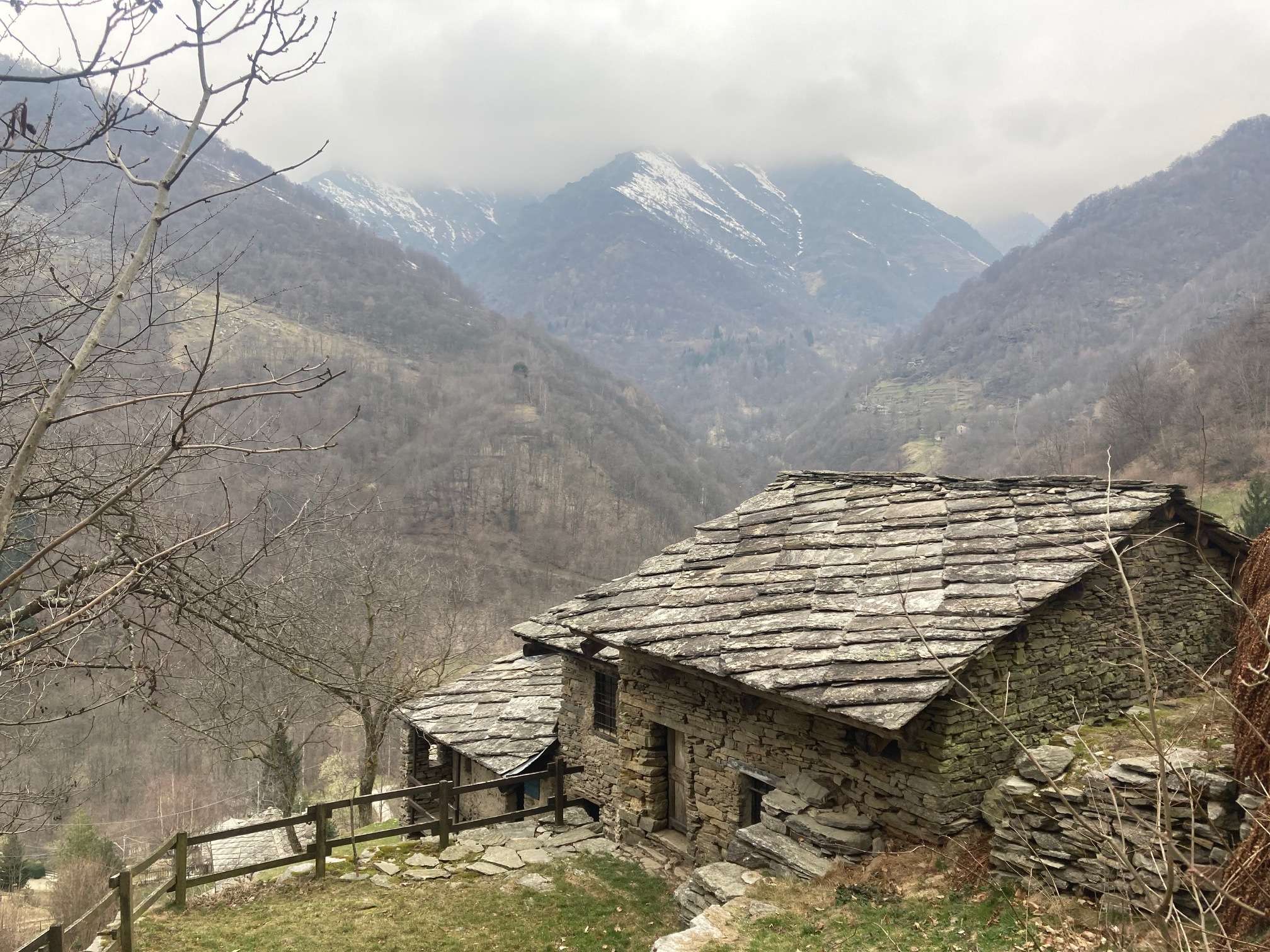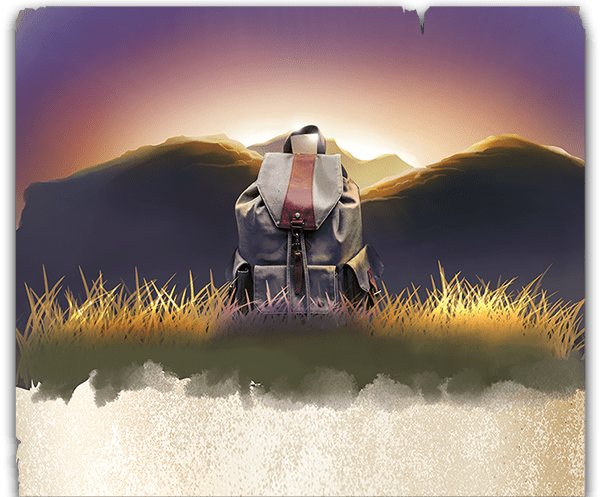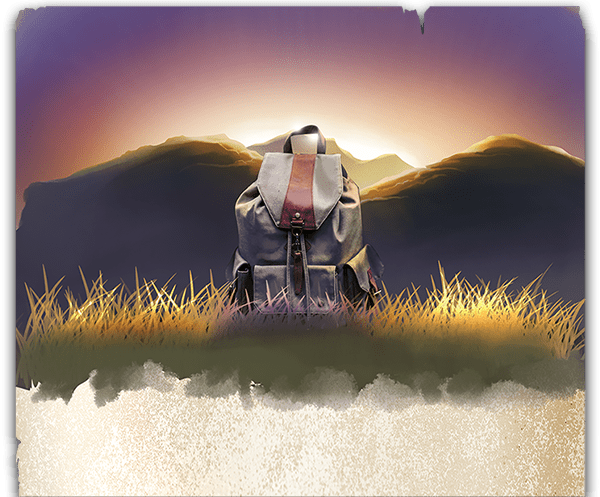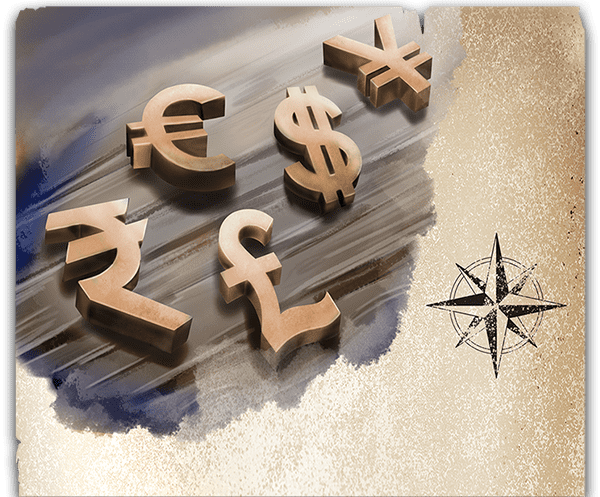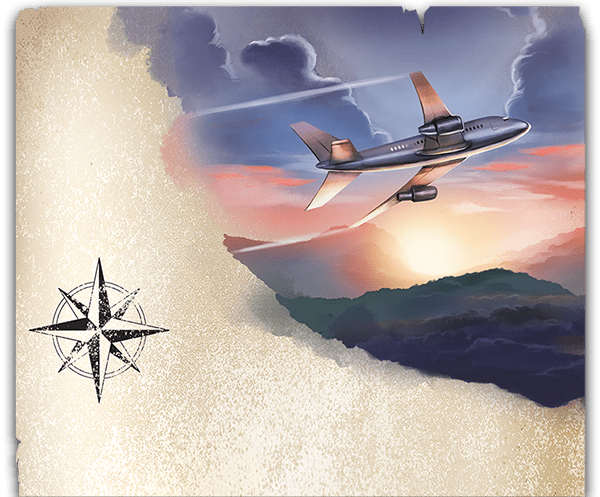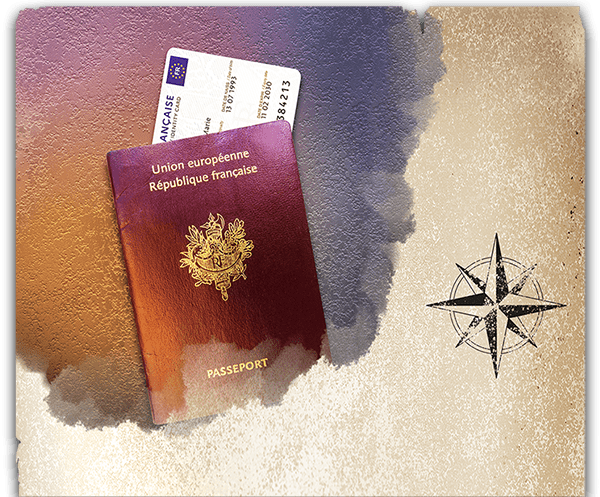Here are a few interesting facts about the Waldensian christians of Northern Italy.
1.) A lineage tracing back to the early church
While it’s popular today to believe that the Waldensians only go back to the time of Peter Waldo in the 12th Century, it has been well proven from many historically sound sources that the Waldensians can trace their roots back to at least the to the 4th century when they split off from the Roman church after the election of Pope Silvester (A.D. 285-335). Reinerius Saccho, (c. A. D. 1250) who was involved in the inquisition, wrote against these early christians saying that they were one of the most dangerous of heretics.
One of the reasons he stated for their great danger to the papacy was due to their very long existence. He writes the fact that is was stated by some that they had “endured from the time of Pope Sylvester; others from the time of the Apostles.”1 Even their enemies were of the opinion that they had existed back to a very ancient time.
2.) Missionaries sent to as far away as Latvia!
It is documented that the Waldensians sent missionaries to nearly every country in Europe. They always sent missionaries two-by-two with one older man teaching and training the younger in missionary labors. Here’s a list of some of the countries they entered into, Italy, France, German, Spain, England, Scotland, Czech Republic, Poland, Lithuania, Latvia, Bulgaria, Turkey, and Croatia. Places like Latvia are almost 2000km (1200 miles) from the Western Alps where the Waldensians most famously called home.
3.) They possessed the Bible in the spoken tongue long before the Reformation
The Waldensians greatly valued the Bible. They early translated the Scriptures into the language of the people. Additionally they committed large passages of the Word of God to memory. Not only the missionaries and preachers, but even the women would memorize whole chapters and books of the Bible! They were really people who loved to live by the Book!
In those days though there were no printing presses so the Waldensians needed to copy the sacred passages by hand. As the missionaries traveled throughout Europe they would hide a few pages of the scripture sewn inside their clothes. Then they would present these valuable treasures to those who they met who were interested in the truth. Often these passages were copied down from the memory of these faithful servants of God. After all it was very dangerous to have portions of the Bible in the language of the people.
4.) Their missionaries often traveled disguised as merchants
Traveling openly as missionaries or preachers would have called down the wrath of the local priests and bishops. So often the missionaries would travel as tradesmen or merchants, selling valuable goods that could not often be found on the normal markets. This gave them entrance to may a place where the would have otherwise not been able to enter.
Others from among them would enter into the universities of Europe and enroll in a course of study. Through this they were able to mingle with other students and spread the gospel seed!
5.) Thousands of them were put to death for their faith
Many of these faithful Christians were put to death and their lands and possessions confiscated by their enemies only because they refused to bend the knee to Rome and sacrifice conscience and go along with the crowd. Often those who were sent to persecute the Waldensians were criminals promised absolution (forgiveness of sins) for taking part in these crusades against these true Christians.
How these people were treated is almost beyond description. They were thrown off of cliffs, impaled with spears, burned at the stake, tortured by inquisitors, or forced to march hundreds of kilometers through the snow in the winter. Worse than this their children were often kidnapped and taken away to Catholic monasteries never to be seen by their parents again.
6.) They defended themselves agains huge armies
Owing to their position in the Alps of North-western Italy the Waldensians were able to defend themselves quite well against large invading armies. Often a handful of men were able to hold off thousands. God provided for them a fortress in the alps. Even at times it is recorded that God intervened in miraculous ways to defend His people from almost certain destruction.
7.) These Early Christians welcomed the Reformation
After so many years of Papal supremacy in Europe, finally, the seed which had been sown by the Waldensians Christians brought forth fruit in the Protestant Reformation. The Protestants were surprised to find these faithful people who had held out so long in such great spiritual darkness. The Waldensians were also surprised and overjoyed to hear about how much of Europe was awakening to the truths found in God’s word. It was not long before these two groups began to exchange and share in their common love of the truth. The Waldensians even help to finance a translation of the Bible into French in collaboration with the Reformers.
Saccho, Contra Waldenses, found in Maxima Bibliotheca Veterum Patrum, vol. 25, p. 264







